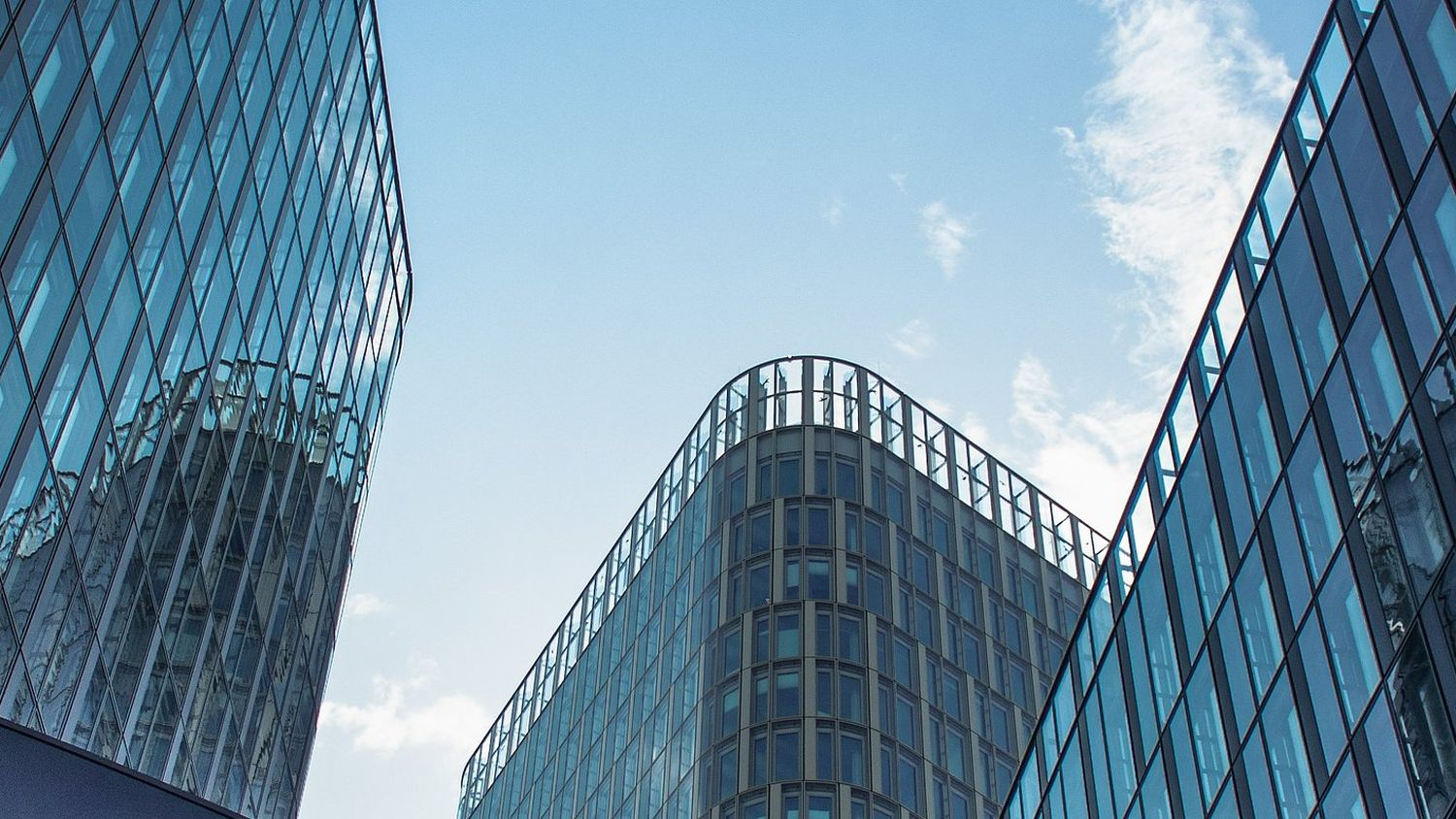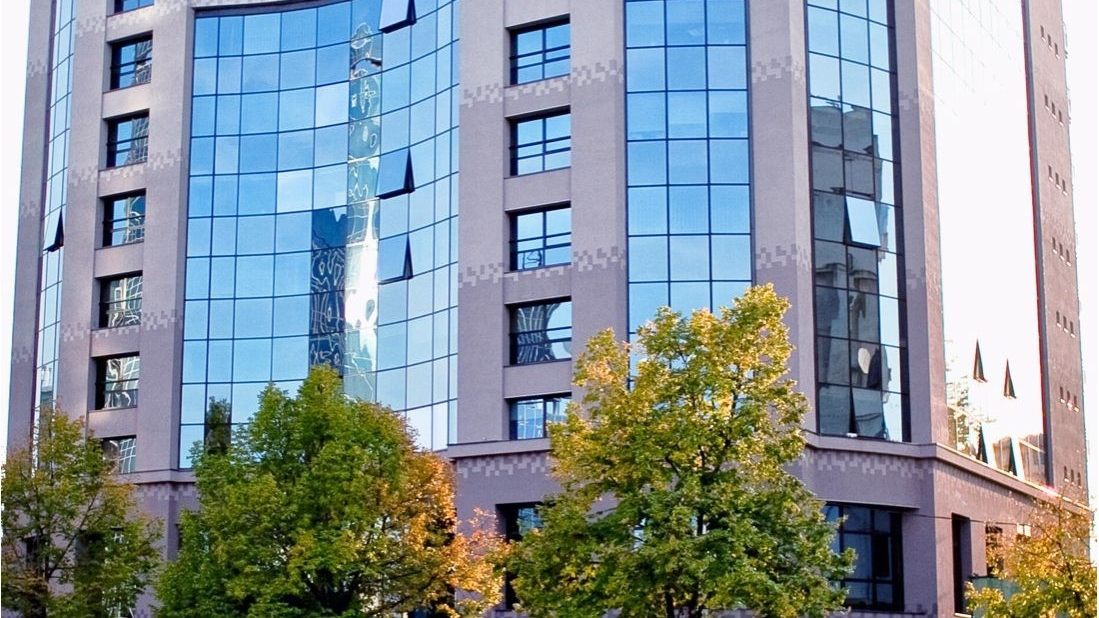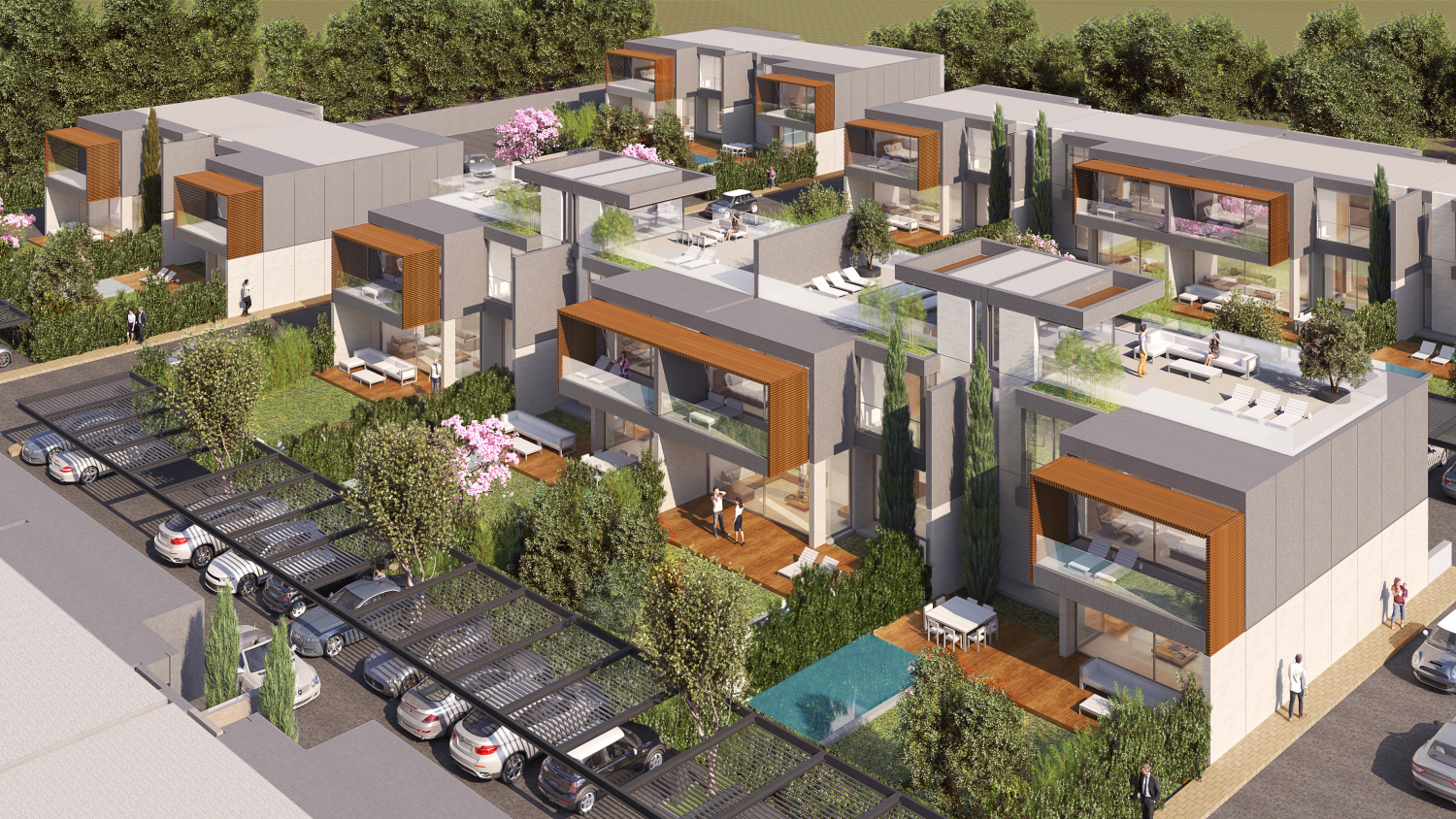We expect a more cautious approach from developers when it comes to the deliveries of new projects, in particular office buildings and industrial & logistics parks. The retail segment will highly benefit from the impressive retail sales growth, a positive aspect which encourages developers to further expand their footprint. Sustainability is becoming a key element in investment decisions, which is perceived as a way to ensure long-term success. Investors are clearly focusing on certifying their buildings and on getting up-to-date with the EU ESG Taxonomy reporting requirements.
What is your outlook for investment deals this year? Will the volumes outpace last year's performance?
We anticipate a dynamic year for the Romanian investment market, supported by relatively robust macroeconomic fundamentals and increasing investor confidence. The real estate sector has shown a solid recovery, with a transactional volume of €747 million being recorded in 2024, marking a 53% growth compared with 2023. Prime yields have remained stable across all segments, with only a minor 10 bp increase for industrial properties in the past 12 months.
While high interest rates have brought an upward trend in exit yields, this is expected to gradually diminish, as major transactions totalling approximately €500 million are set to close in H1 2025.
Additionally, Romania's attractive yield spread compared with other CEE markets such as Czechia, Poland or Hungary continues to position the country as a compelling destination for real estate investors. Given these factors, we expect deal volumes to remain solid and potentially outpace last year's performance, getting closer to the €1 billion threshold.
What are your expectations regarding the share of local and domestic investors in the Romanian market this year?
The share of local capital in the total investment volume last year stood at around 23%, with local players being more active in medium-sized transactions, and no significant shifts are expected in 2025. Foreign investors remain predominant, most of them being from CEE or Western Europe and new players are currently in the process of acquiring certain properties in Bucharest, thus further illustrating the increasing appeal for prime real estate assets in the capital city.
How is demand shaping in the office sector this year and what work arrangements are popular among large tenants?
In 2024, the demand remained robust, with the gross take-up in Bucharest totalling 368,500 sqm. Even though last year's demand reflects a 20% drop compared with 2023, it is still the third-highest total ever recorded in Bucharest (after 2023 and 2019). However, a single office building was delivered in the city in 2024, namely AFI Loft (15,000 sqm), the lowest ever supply, while 129,000 sqm are currently under construction and mostly due to be completed in 2026 and 2027 in submarkets such as Center, Center – West, Floreasca - Barbu Văcărescu or Dimitrie Pompeiu.
In this context, the overall vacancy rate in Bucharest reached 14.2% at the end of 2024 (vs 14.7% in Q4 2023). Bucharest and the major regional cities continue to be attractive to tenants searching for well-located and energy-efficient spaces. Class A buildings will dominate demand and vacancy rates will remain lower in central areas. In line with European trends, rents for premium spaces will grow moderately, although this pace will be influenced by the market's capacity to absorb new deliveries.
Moreover, as more and more companies want a greater presence of employees working from the office, there will be tenants who will most likely require more space than they currently have and this could generate new demand for office premises.
How will the industrial and logistics sector perform this year on demand and new investments?
In 2025, moderate growth is expected, but Romania, with its strategic geographical location, has the potential to strengthen its role as a regional logistics hub. Developing transport infrastructure and creating spaces which comply with sustainability requirements is essential. Although rents in this sector will continue to rise, especially for premium spaces, success depends on the country's ability to attract investments and respond quickly to the changing needs of occupiers.
Moreover, the expansion of e-commerce and nearshoring processes contribute to a constant demand for quality logistics spaces in Romania.
Similar to European trends, rents for premium spaces in Romania will continue to rise, supported by solid demand and the limited supply of such spaces. Vacancy rates may vary between urban and peripheral areas and land accessibility for logistics developments remains a critical factor.
Will we continue to see a strong development activity in the retail sector, similar to last year?
The development activity in the retail market will remain highly dynamic in the coming period, considering the consistent plans announced by the major developers present in Romania. The short-to-long-term pipeline exceeds 700,000 sqm, consisting of projects under construction or in different permitting stages, which are due to be completed by the end of this decade and which include several super-regional shopping centres of more than 100,000 sqm each. The outlook for 2025 shows consistent activity in terms of new supply of retail projects, as more than 200,000 sqm of new spaces are expected to be delivered during the year.
How is Romania's commercial real estate sector perceived at the regional level? Do geopolitics play a role in the country's attractiveness for new investments?
Romania's commercial real estate sector is increasingly viewed as competitive and attractive at the regional level. The country offers investment opportunities, particularly due to its lower stock of modern spaces and to the yield spreads compared with other markets in the CEE. Additionally, ongoing infrastructure improvements and EU funding contribute to long-term economic growth.
Geopolitics certainly play a role in shaping Romania's investment landscape, and in this context, the war in Ukraine, but also other issues across the world may influence investor sentiment. However, according to the Cushman & Wakefield Echinox “Real Estate Investors Sentiment Barometer”, investors are optimistic when it comes to their Romanian portfolios over the next 12 months, a clear improvement compared with the previous year. A vast majority of respondents (70%) intend to expand their footprint over the next 3 years, while 21% plan to maintain their current activity level and only 9% foresee downsizing.










